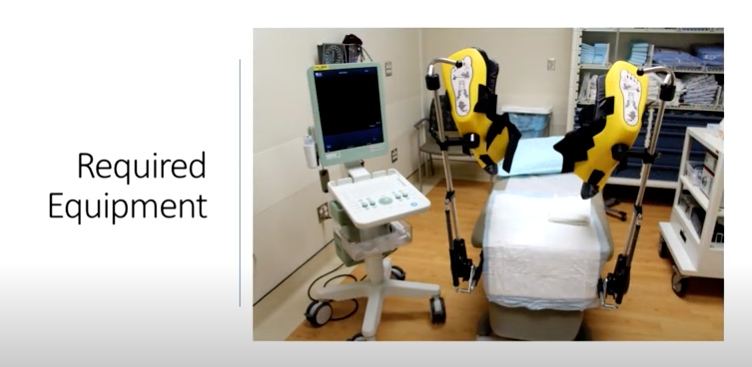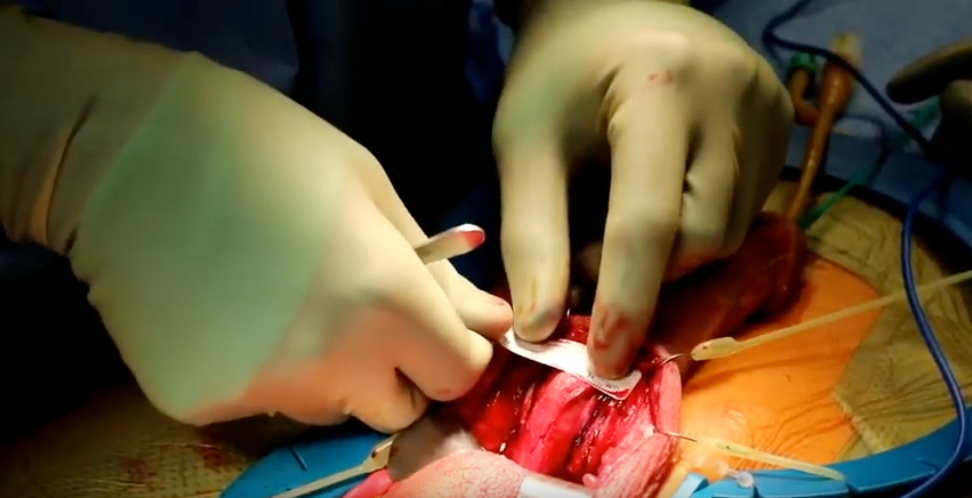Video
Bone Health While Receiving ADT For Prostate Cancer
[Transcript]
Raoul Concepcion, MD, FACS: Jorge, you brought up the concept of intermittent versus continuous dosing. Jahan, in your practice-again let’s be very clear that the patient we’re talking about here is nonmetastatic. Again, I think the terminology is interchangeable. I personally like to call these patients nonmetastatic castration sensitive, but they can be labeled as biochemically recurrent, they can be labeled as nonmetastatic hormone-naïve or nonmetastatic hormone sensitive. It’s that patient population that’s been definitively treated. Working off Dr Gordon Brown’s really nice comments about optimizing the patient, how do you differentiate? What are the current data looking at intermittent versus continuous, specifically in these nonmetastatic castration-sensitive patients?
Jahan Aghalar, MD: That’s a great question. It’s a consideration we always have to keep in mind. Although we understand that we want to ensure we have good cancer control, at the same time [we want to minimize adverse] effects and toxicity that hormone therapy definitely does have. We have good randomized data to indicate that patients with nonmetastatic castration-sensitive disease-using the intermittent approach as opposed to the continuous approach, at least we can say in a randomized trial they had noninferiority to it. This was published in the New England Journal of Medicine in 2012. But it does also improve quality of life and minimized amount of bone absorption that we may see, and it perhaps may have cardiovascular benefits in the future. Certainly, in the patient who is in the rising PSA [prostate-specific antigen] stage, to take an intermittent approach, we can safely say that it’s not necessarily doing any harm to the patient by taking that approach.
Raoul Concepcion, MD, FACS: I think your points are really well taken. In this patient, nonmetastatic castration sensitive, that intermittent versus continuous, we’ve been able to show that it’s noninferior.
Jahan Aghalar, MD: Correct.
Raoul Concepcion, MD, FACS: It may not be superior, but it is clearly noninferior.
Jahan Aghalar, MD: Correct.
Raoul Concepcion, MD, FACS: I think you bring up a good point, and I think we’ve known that prostate cancer is basically an endocrine disease. We’ve induced castration levels of testosterone, and now we’re becoming more and more aware of the adverse-effect profile of these drugs long term. Paul, you have been a leader studying bone-mineral-density loss and have been on the forefront of establishing bone clinics in your practice. Give us your slant, if you will-for somebody who has done the clinical trials, [who] stays on top of this data-on how you look at patients with institution of ADT [androgen deprivation therapy] in bone health.
Paul Sieber, MD: What’s changed over the years-I mean, our bone health was the first thing we did when we looked ADT. And as we’ve learned more and more the adverse effects of ADT, it’s morphed into our advanced prostate cancer clinic. Bone health is part of that. We start bone health at day 1. As soon as they’re introduced with the idea of androgen deprivation therapy, they are standardized to see our nurse practitioner. They get a vitamin D level at baseline, because being in the north we see a lot of low levels of vitamin D. As Jorge mentioned, we get testosterone levels at baseline. Well, guess what, if a guy [is] hypogonadal, he’s at increased risk to get a fracture right off the bat.
We take a more in-depth, bone-oriented history. We will basically fill out the FRAX [Fracture Risk Assessment Tool] calculator and then ask a number of questions about bone health. Then we put that all together and we say, “OK, they’re going to need a DEXA [dual-energy x-ray absorptiometry] scan. For us, the DEXA scan is done sometime within the first 6 months, maybe even the first year. The curves in terms of fracture risk don’t really go up until they’ve been on the ADT for about 6 months if you look back at the Vahakn Shahinian data from years ago [2005] in the New England Journal of Medicine.
But once we got that data, it was pretty easy to segregate out that osteoporotic patients get treated automatically. Patients with osteopenia get put in the FRAX calculator, and we come up with an idea of what their risk is and if they need to be treated. What’s changed that is, really, the nonmetastatic castration-sensitive patient and the data on the oral agents. Because the second-line androgen receptor antagonists introduced fracture risk that is pretty significant. If you look at their safety profiles, they’ve got about a 10% fracture rate within 3 years. And if you look back to the FRAX calculator, that would suggest that that’s an independent predictor that they should be on treatment probably as soon as they start that drug to be treated for nonmetastatic castrate-sensitive disease. That’s a new thing that wasn’t in our armamentarium just a couple of years ago, and we’re looking at these people with a different viewpoint now.
Raoul Concepcion, MD, FACS: Basically, what you try to do is risk stratify these patients either before they get their first dose of ADT or very soon after. Correct?
Paul Sieber, MD: Correct.
Raoul Concepcion, MD, FACS: You’re looking at osteoporosis, osteopenia, and in that select patient who may not have that T-score [bone density exam], you have to make a decision whether or not, because obviously you do have approved agents for this patient type that can reduce the amount of bone-mineral-density loss.
Paul Sieber, MD: Correct.
Raoul Concepcion, MD, FACS: OK.
Jorge Garcia, MD: If I may, Raoul, I think the bigger question and to the point you guys made earlier, is that when we think of bone health in men with prostate cancer, I think there are 3 fundamental concepts that are important to remember for everybody listening to or watching this video. No. 1 is bone loss, which is what we talked about. No. 2 is do we have any data that the bone health agents or bone-targeted therapies that we have can delay time to skeletal-related events-or for that matter, time to metastases? And the third one is in the context of castration resistant, whether you can delay an SRE [skeletal-related event]. For bone loss prevention, I think that all of us over the last probably 3 years and 4 years with the advanced data you mentioned, we have come to realize that we were underappreciated in the importance of bone health.
The bigger question in my mind, as you pointed out earlier, is when do we start? And more important than that, there are many agents out there that we can use. I think it becomes a question of practicality, what patients do have access to IV [intravenous] therapy and subcutaneous agents. And that I don’t think we really know that data yet. What we do know is you can lose 6% to 7% bone mass loss per year, which is significant.
Raoul Concepcion, MD, FACS: The point here, especially for the average practitioner who’s managing prostate cancer-whether it’s the radiation oncologist, the urologist, or the medical oncologist-is that we have neglected bone health from the get-go. We as practitioners need to take ownership of that.

Panelists:
- Raoul Concepcion, MD, FACS, Vanderbilt University School of Medicine, Nashville, Tennessee
- Jahan Aghalar, MD, Board-certified Hematologist and Oncologist, New York, New York
- Gordon Brown, MD, Rowan University School of Osteopathic Medicine, Glassboro, New Jersey
- Jorge Garcia, MD, Cleveland Clinic, Cleveland, Ohio; Jonathan Henderson, MD, Regional Urologist, Shreveport, Louisiana
- Paul Sieber, MD, Penn Medicine Lancaster General Hospital, WellSpan Ephrata Community Hospital, Lancaster, Pennsylvania

















